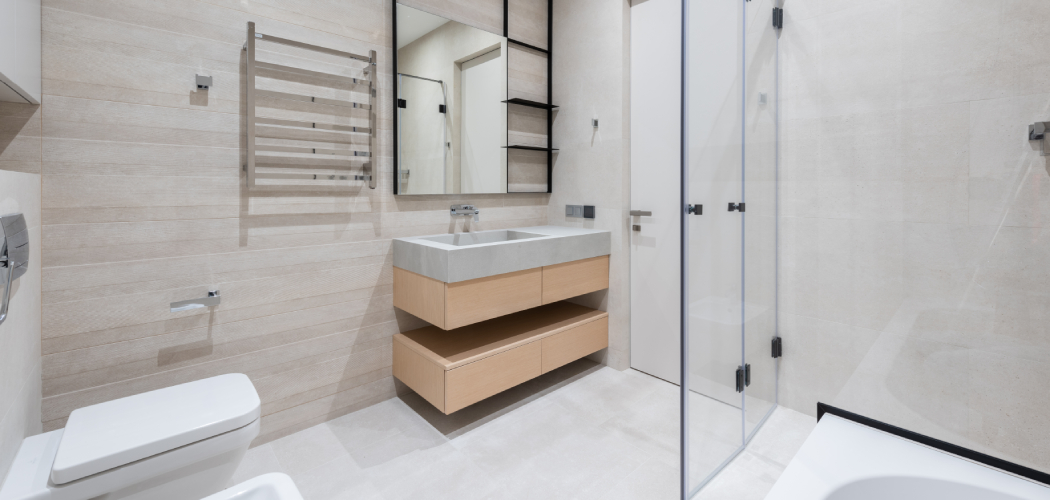Are you ready to turn your half bathroom into a full one and enjoy all the luxuries of having a full restroom? Converting a half bathroom into a full one requires careful planning, as there are several factors that need to take into consideration in order to ensure safe installation.
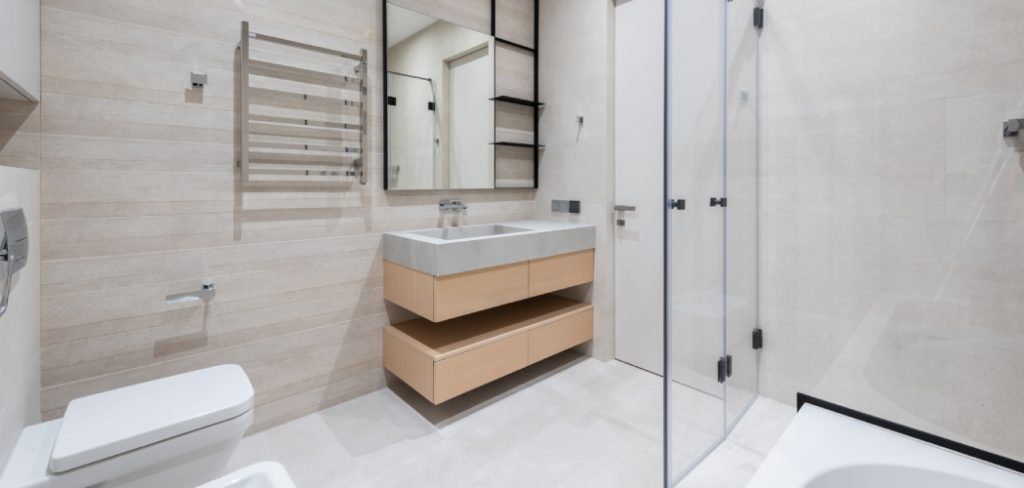
Fortunately, with the right guidance, this process doesn’t have to be complicated or intimidating –it can even be fun! In this blog post, we will provide step-by-step instructions on how to convert half bathroom to full bathroom while taking all safety considerations into account. So what are you waiting for – let’s get started!
Tools and Materials You Will Need to Convert Half Bathroom to Full Bathroom
- Tape measure
- Level, spirit level, or laser level
- Hammer
- Drill and drill bits
- Nails & screws
- Pipe cutter (if running water lines)
- Water line connectors and shut-off valves
- Toilet flange
- PVC pipes and fittings
- Sink, faucet, and drain
- Shower stall or tub
- Tile adhesive and grout
- Drywall screws & joint compound
- Caulk gun and caulk
- Paint brushes
- Putty knife
- Finishing nails (if installing trim)
Step-by-Step Guidelines on How to Convert Half Bathroom to Full Bathroom
Step 1: Measure the Space and Make a Plan
Before you begin any work, start by measuring your half bathroom to determine what type of changes need to be made. This will help you come up with a plan for how you want to lay out your new full bathroom. Take measurements of length, width, and height in each corner. Make sure to also measure the placement of existing fixtures like the toilet and sink.
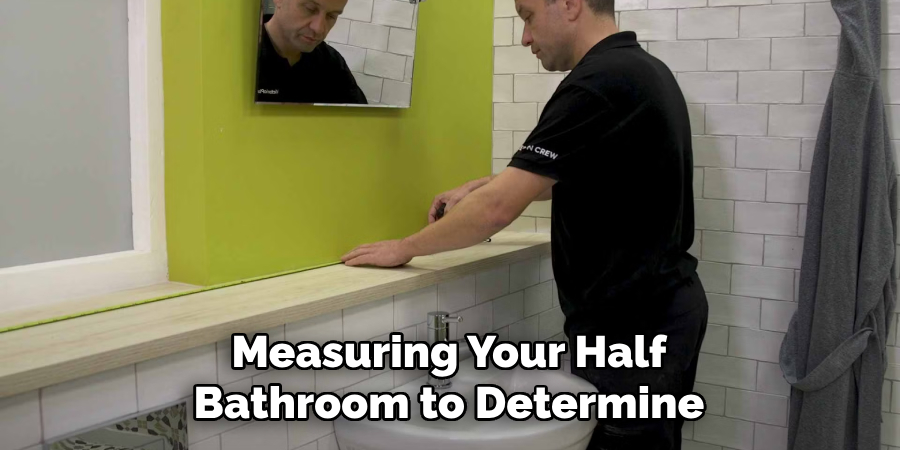
Step 2: Install Plumbing Fixtures
The next step is to install any necessary plumbing fixtures, such as a new shower/tub or sink. You will need to run water lines from your main supply line and shut off valves for each fixture. If you are installing a shower stall or tub, you may also need to run a drain line. Make sure you have the proper tools and fittings for this step, including pipe cutters, water line connectors, shut-off valves, etc.
Step 3: Install Drywall and Tile
Once all of your plumbing fixtures are in place, it’s time to install drywall and tile. You will need to cut the drywall to fit around your plumbing fixtures and then screw it into place. For tiling, be sure to use a level or spirit level to ensure that all of your tiles are even and aligned correctly. Once everything is in place, apply tile adhesive and grout according to the manufacturer’s instructions.
Step 4: Install Trim and Finishing Touches
After all of your drywall and tile has been installed, it’s time to install trim pieces and finish off the room. This includes baseboards, casings, door frames, wainscoting, etc. Be sure to use finishing nails for this step as they will provide a strong hold that won’t come loose over time. Once all of your trim pieces are in place, use caulk to seal any gaps and give the room a finished look.
Step 5: Paint Your New Full Bathroom
Finally, it’s time to paint your new full bathroom. Choose a color scheme that you love and one that will complement the existing fixtures and design of the space. Once you have chosen your colors, use painter’s tape to mark off any areas that should not be painted and then begin painting. Be sure to allow plenty of time for the paint to dry before you begin using the room.
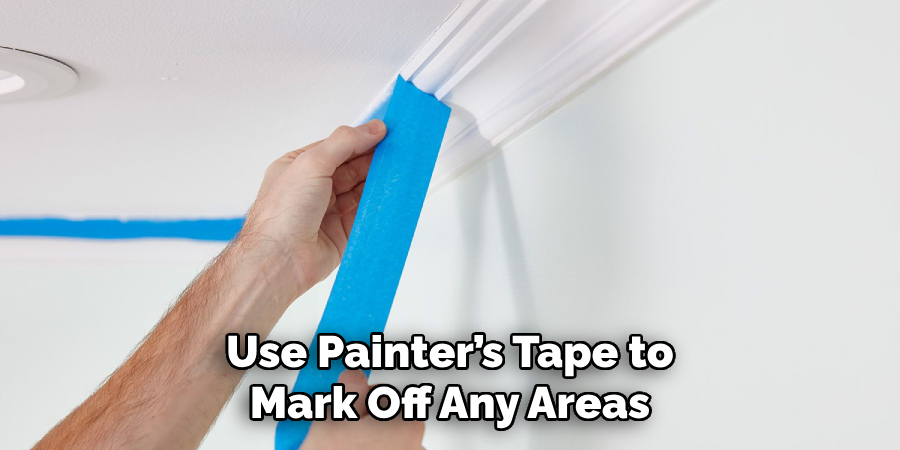
Congratulations! You have now successfully converted your half bathroom into a full one. We hope these step-by-step instructions were helpful and that you enjoy your new space. Don’t forget to share photos of your new full bathroom with us on social media – we can’t wait to see it!
Additional Tips and Tricks to Convert Half Bathroom to Full Bathroom
1. When converting a half bathroom to a full bathroom, it is important to ensure that the new space is large enough for all of the necessary fixtures. To make sure there is room in the converted bathroom, measure out the dimensions and compare them with local building codes and regulations.
2. Consider adding an exhaust fan to help circulate stale air out of the room. This will ensure your full bathroom is well-ventilated at all times.
3. If there is not enough space for a tub, consider installing a large shower stall instead. It can save you some money and still provide the same level of comfort as a full bathtub would.
4. Check if your current plumbing system needs to be upgraded or expanded in order to accommodate the new fixtures. It is important to check with your local plumbing codes for specific requirements in your area.

5. In order to make it easier for you to reach all of the fixtures, consider installing grab bars or handrails on both sides of the bathroom. This can help make getting in and out of the tub or shower stall much easier.
6. If you plan on installing a new toilet, make sure to choose one that uses less water than traditional models. This will help reduce your water consumption and save you money in the long run.
7. Consider adding some additional storage space to the room by installing shelves or cabinets above or below the sink and toilet area. This can help make the room look more organized and spacious.
8. Finally, don’t forget to invest in quality fixtures when converting your half bathroom to a full one. Quality fixtures can last for many years and will be worth the investment in the long run.
By following these tips and tricks, you can successfully convert your half bathroom to a full one and make it look as good as new in no time. With the right preparation, materials, and attention to detail, you’ll be able to enjoy your new full bathroom in no time! Good luck!
Precautions Need to Follow for Converting Half Bathroom to Full Bathroom
1. Before starting the conversion process, it is important to consider the amount of space available and how much plumbing will need to be added or relocated.
2. A full bathroom requires more fixtures than a half bathroom, such as a bathtub, shower, sink, and toilet. Therefore, you must determine if your space can accommodate all these fixtures before starting any work.
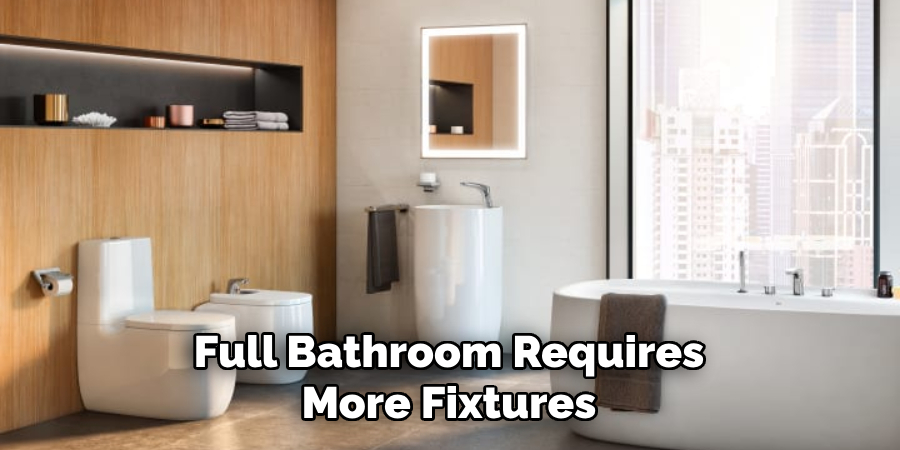
3. Ensure that your existing plumbing is up to code and that you have the necessary permits from your local government before undertaking any work. This will ensure the safety of yourself, your family, and your home when converting a half bathroom to a full one.
4. When adding new fixtures or relocating existing ones, it’s important to be mindful of any potential plumbing issues that might arise. You may need to consult a professional plumber for help in this area.
5. Proper ventilation is essential for any full bathroom, so it’s important to plan ahead when converting your half bathroom into one. Make sure you install an extractor fan or other venting system to keep moisture levels down and ensure your safety.
6. Finally, when converting a half bathroom to a full one, make sure you use quality materials that will last and be aesthetically pleasing for years to come. Quality fixtures and fittings can help protect the value of your home.
By following these precautions, you can ensure a safe conversion process for turning your half bathroom into a full one. With proper planning and preparation, you can create a luxurious, functional space you’ll love for years to come.
Frequently Asked Questions
Is It Possible to Convert a Half Bathroom to a Full Bathroom?
Yes, it is possible to convert a half bathroom into a full bathroom. Depending on the layout of the existing space and the desired outcome, this can be done by adding additional components such as sinks, showers, tubs, and toilets. In addition, you may need to rearrange the existing plumbing and electrical system to accommodate the new features.
Do I Need a Professional for the Conversion?
The amount of work needed for conversion can vary greatly depending on the space and extent of desired changes, so it is recommended that you hire a professional contractor or plumber to ensure all necessary components are installed correctly. They will also be able to advise on any potential issues that could arise as a result of your conversion.
How Much Does it Cost to Convert a Half Bathroom to a Full Bathroom?
The cost of converting a half bathroom to a full bathroom will depend on the size and complexity of the job. Generally, you can expect labor costs and materials to range between $1,000 and $5,000. It is important to factor in additional costs for permits or hiring a professional contractor.
What Are the Benefits of Converting a Half Bathroom to a Full Bathroom?
Converting a half bathroom into a full bathroom can increase the value of your home as well as provide convenience and more privacy. Having an extra sink and shower/tub can be especially useful for larger families. It also allows for added storage space and a place to relax in the comfort of your own home.
Conclusion
Now you have a clear knowledge of how to convert half bathroom to full bathroom. Before you start, it is important to understand the requirements and costs involved in a conversion, as well as the benefits of having an extra full bathroom. With proper planning and professional help, converting a half bathroom to a full bathroom can be done quickly and easily. Good luck!

